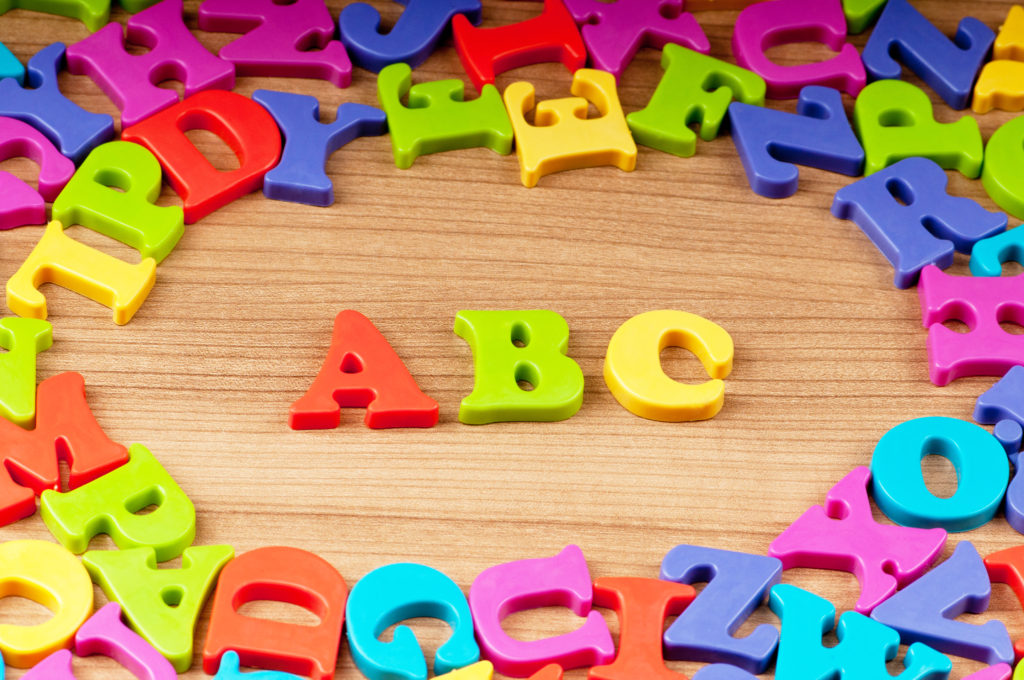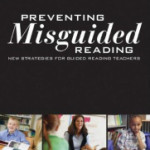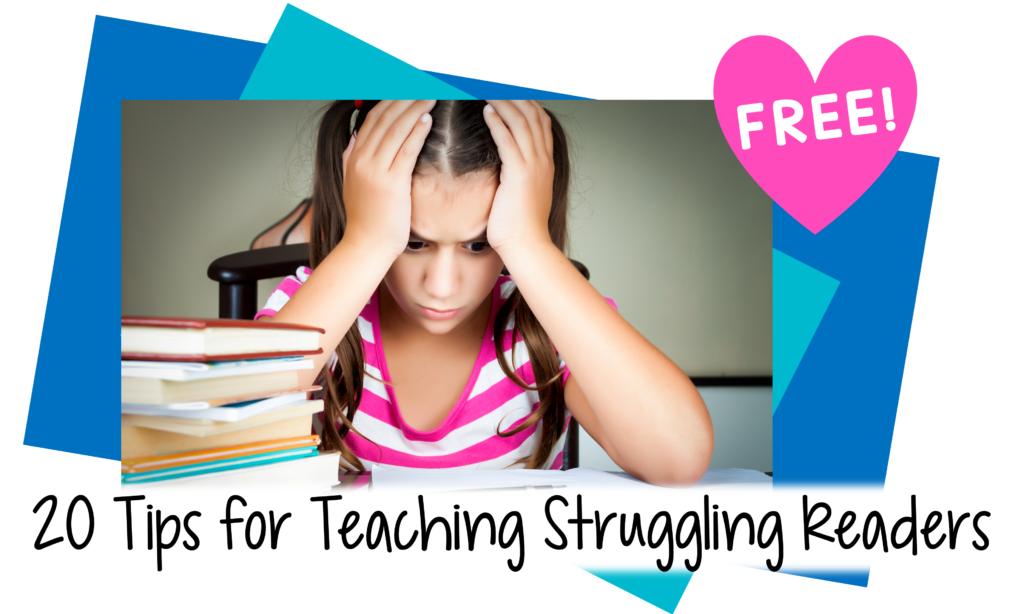
Many of us learned how to make notations to code a student’s oral reading: check marks, dashes, A for Appeal, T for Told, R for Repeat, and so on. I’m going to assume that you already know the basics of how to code a running record.
Along the way, I have picked up other abbreviations and notations that help me describe a student’s reading either during assessment or simply during a reading lesson.
My thanks to any colleagues, RR teacher leaders, or other professionals from whom I may have adopted any of these shorthand notations—and apologies for not recognizing you specifically (because I can’t remember which ones I thought up myself).
Book Handling
- hpr – Have page ready (teacher prompt)
- pnr – Page not ready
- pr – Page ready
- bh – book holding
Prompting
- TS – Try something.
- wcyt – What could you try?
- dyk – Do you know a word like that?
- Itr – Is that right?
- TTA – Try that again.
Taking Words Apart
- tf – Teacher divides word with finger
- tc – Teacher uses card to divide word
- cf – Child divides word with finger
- cc – Child uses card to divide word
Processing
- stq – started quickly
- de – detected error
- nde – did not detect error
- rs – used running start
- sk – skipped
Teaching
- d – demo
- pp – praise point
- tp – teaching point
Fluency
- | word | – word by word
- | | | – each slash indicates one second between words
- ex – expressive
- vndp – voice not down at period
- vdp – voice down at period
- phr – phrased – also indicate phrasing with scoops under words read
- For more fluent readers, only mark errors (not checks for accurate reading)
Other Abbreviations
- mls – magnetic letters
- wb – whiteboard
Additions Welcome!
I bet that some of you out there have some other abbreviations that you have found useful. Please comment below, and I will add them to the list.
P.S. Running Record Sheet
I recommend that you check out the alternate running record form in Preventing Misguided Reading, by Jan Miller Burkins and Melody M. Croft (pp. 118-119). They have created a way to indicate different types of visual errors (at the beginning, middle, and end of a word) and include rubrics for measuring fluency and comprehension. Most importantly, perhaps, is their system for quantifying a student’s processing, or integration of print and story cues. What is the ultimate purpose of taking a running record, after all?!
Happy recording!


Leave a Reply